How to cut green onions
How do you cut green onions? What are they used for? Can you eat the whole thing? Green onions (also known as scallions) are a great way to add a punch of flavor to any dish. See how easy they are to use and how to keep them fresh and crisp in your fridge for weeks.
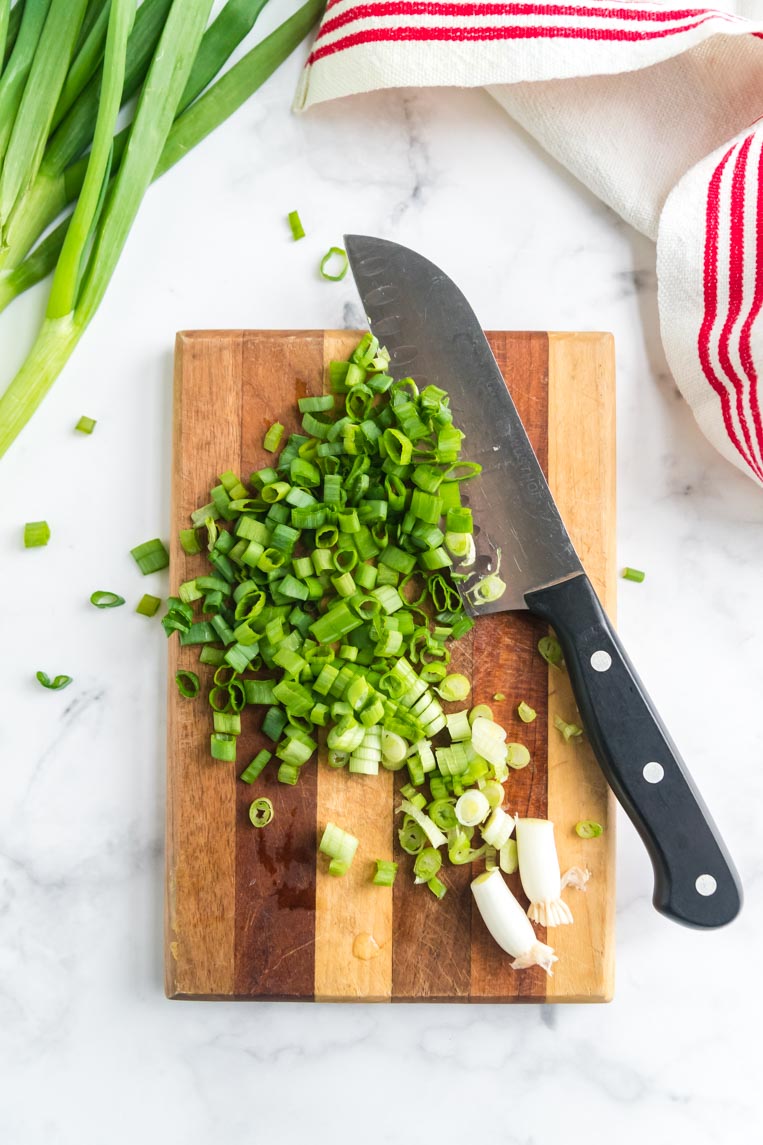
What are green onions?
Also known as scallions, green onions have long, hollow green stems with a small white end. Unlike red, yellow, or white onions, green onions are typically mild in flavor and are used to simply enhance a dish instead of being the star of the show.
What part of a green onion is edible?
From the stalks to the stem, the whole onion is edible except for the roots. Many people chop the green stalks to use as garnish and saute the white stems to add an additional layer of flavor to cooked dishes.
When are green onions in season?
Green onions are harvested in the early springtime and throughout the summer months but you can find them in the grocery store year round. They are also one of the fastest-growing vegetables, ready within about 4 weeks, which makes them a great and simple addition to your garden.
Green Onions vs. Spring Onions
Spring onions look very similar to green onions with their green stalks, but instead, have small bulbs formed at the base. Depending on the variety, these bulbs can be purple-ish or white.
Spring onions are sweeter and milder than regular onions; however, the greens from the spring onions are more intense than scallions. Spring onions are most commonly used like pearl onions in salads, cocktails, and braised vegetable dishes.
If you’re planning on cooking with either onion, you don’t have to worry about overpowering the dish. The flavors will mellow out during the cooking process, which makes them mostly interchangeable without major flavor differences.
Green Onions vs. Chives
Chives are considered an herb and are the delicate cousin to the green onion. Chive stems are long and narrow compared to the wide tubular stems of the green onions.
Chives have a very mild onion flavor and are typically used in dishes the same way fresh herbs would be used. They make the perfect addition to homemade dressings, soups, sprinkled over roasted vegetables, and more.
Much like the green onion, they are also an excellent garnish, whether chopped, minced, sprinkled, or used whole. Unlike green onions, chives are also available in dried form like other herbs and seasonings. If you have chives on hand, try this fabulous chive and parsley pesto for a new pop of flavor.
How to Cut Green Onions
Step 1: Clean
The first order of business to cut green onions is to wash them well. Since they grew up from the ground, dirt collects around the stems and roots.
Run the whole onion under cool water, using your hands to work away any dirt or debris from root to stem. After washing, gently pat the onions dry or air dry on a clean dish towel.
Next, remove any of the outer green leaves that are wilted or discolored. You can simply peel these off or chop off any discolored edges of the green stems with a knife. It’s normal to find a few wilted or floppy stems, especially on those from the supermarket.
If your onions have mostly slimy, dark green, floppy leaves, or a slimy white stem, that’s a good indicator that the green onion has surpassed its expiration date and should not be used.
If you only have a couple of wilted pieces, just pull those off.
Step 2: Slice
Using a sharp non-serrated chef’s knife, line up all the green onions together and slice off the root end first, removing only about an ⅛ of an inch of the white stem. Be sure to remove only enough white to get rid of the roots.
Now, decide if you want to mince, chop, or slice the green onions:
- To Mince: Keeping the knife on the cutting board, use a steady rocking motion to finely slice the scallions into tiny pieces. Mincing is most common for garnishing.
- To Chop: For small round rings, cut the onion straight on at an ⅛ of an inch thick. Much like mincing, this cut is used for garnishing salads and finished dishes.
- To Slice: Cut the onions on a bias (angle) in 2-3 inch pieces for draping over a plated dish. Place the sliced pieces across the plate or off to the side for added elegance.
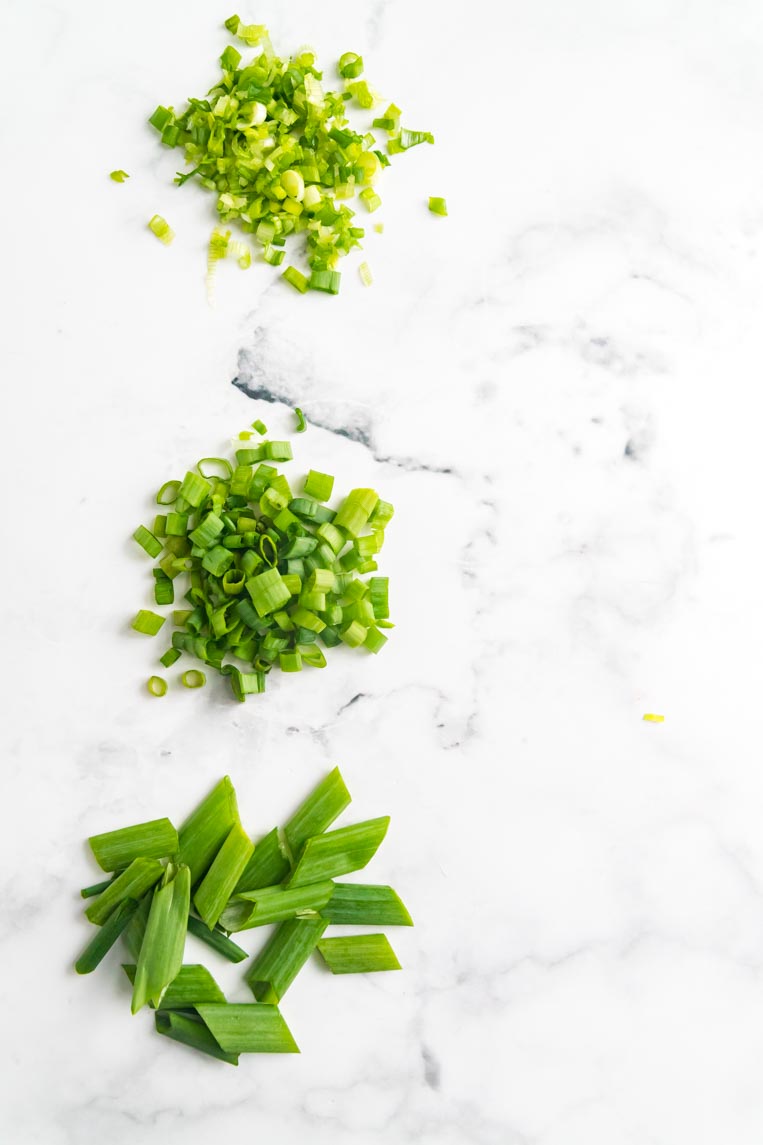
Storing Green Onions and other tips
Typically, recipes don’t use a large amount of green onion, so you may be left with a lot leftover. However, there are a few different ways to get the most out of what you have without wasting.
In the fridge
If you have a large “sprig” of onion leftover, fill a glass jar with water and place the onions in the water root side down. Then, place a plastic bag over the green tops. Keep in the refrigerator for up to two weeks.
This creates a “greenhouse” environment for the onions to continue growing. Using this method, the onions will stay fresh and crisp for a week or two without drying out the stems.
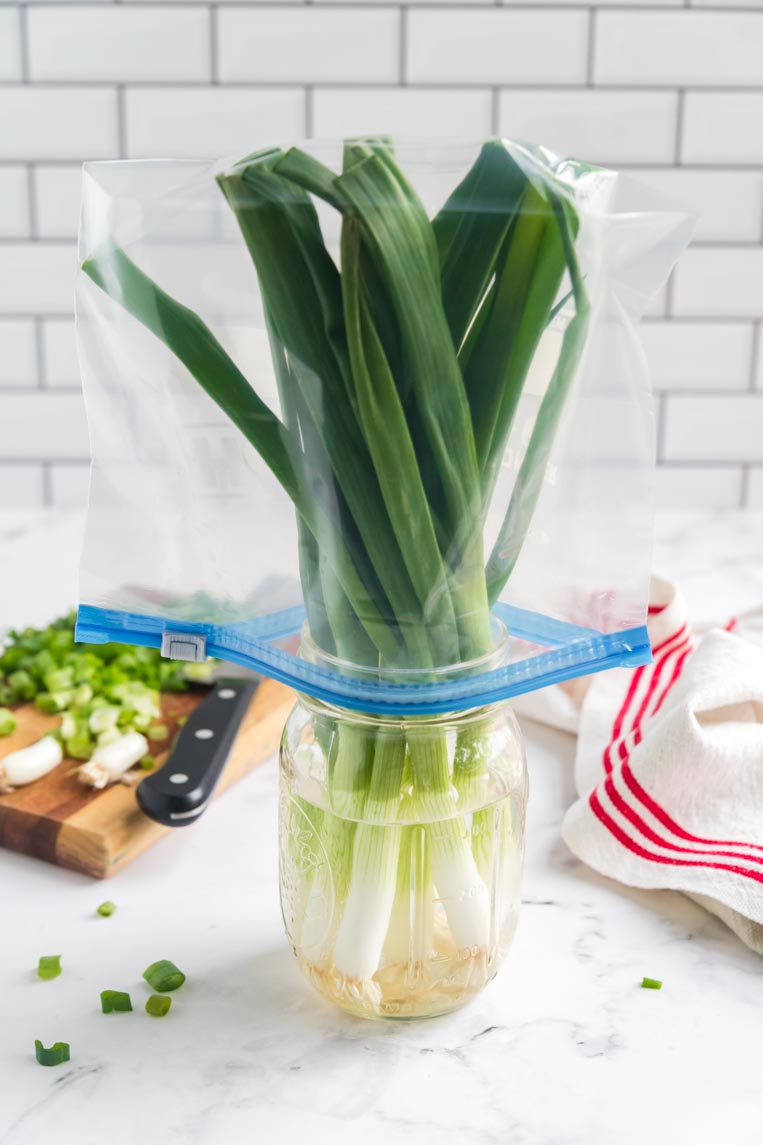
Paper towel cocoon
Another way you can store your green onions is to slice off the tip of the root end and gently wrap them in a layer of paper towels.
Then, place the cocoon in a plastic bag to keep in the refrigerator. Much like the greenhouse method above, this controls excess moisture and prolongs the life of the green onions.
Freezing
Since this vegetable is known for garnishing and enhancing the presentation of dishes, freezing the leftovers isn’t recommended.
After freezing, the onion’s texture will be mushy and soft and will not have the bright green crunch we love so much.
If you do choose to freeze them, make plans to incorporate them into a soup, casserole, or another hot dish.
Uses for Green Onions
Most commonly, green onions are used as a garnish for soups, salads, casseroles, and so many other things.
In some cases, recipes will indicate whether the whole onion is needed or just the green stems or white bulb.
Regardless, you really can’t go wrong with using green onion in any recipe. They add a pop of color as a garnish and a bite of onion flavor when prepared along with the dish.
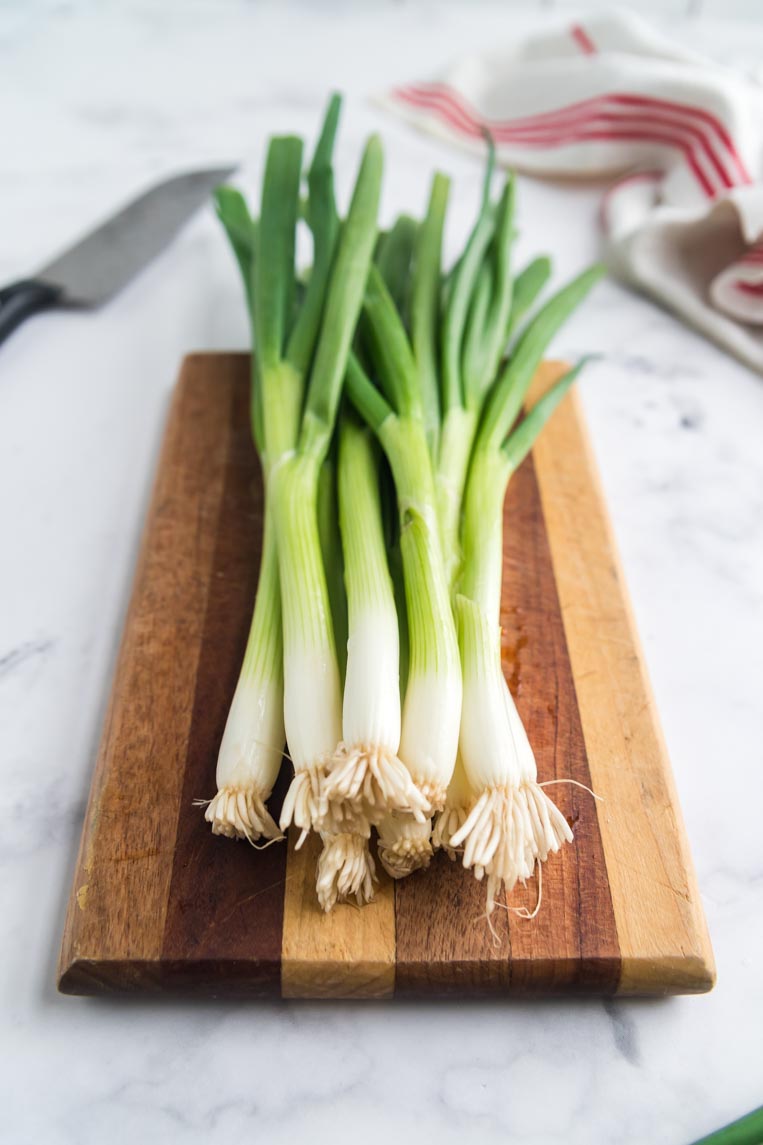
Recipes that Use Green Onion
Traditional Seven Layer Salad
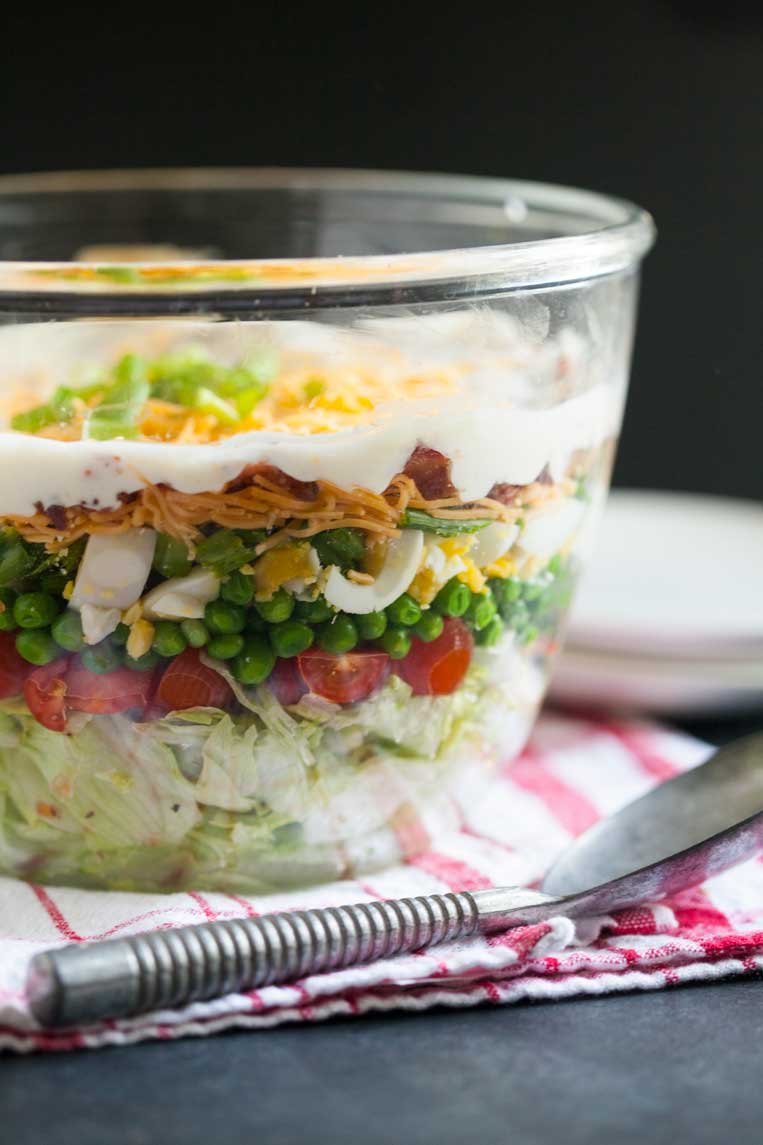
Overstuffed Potatoes
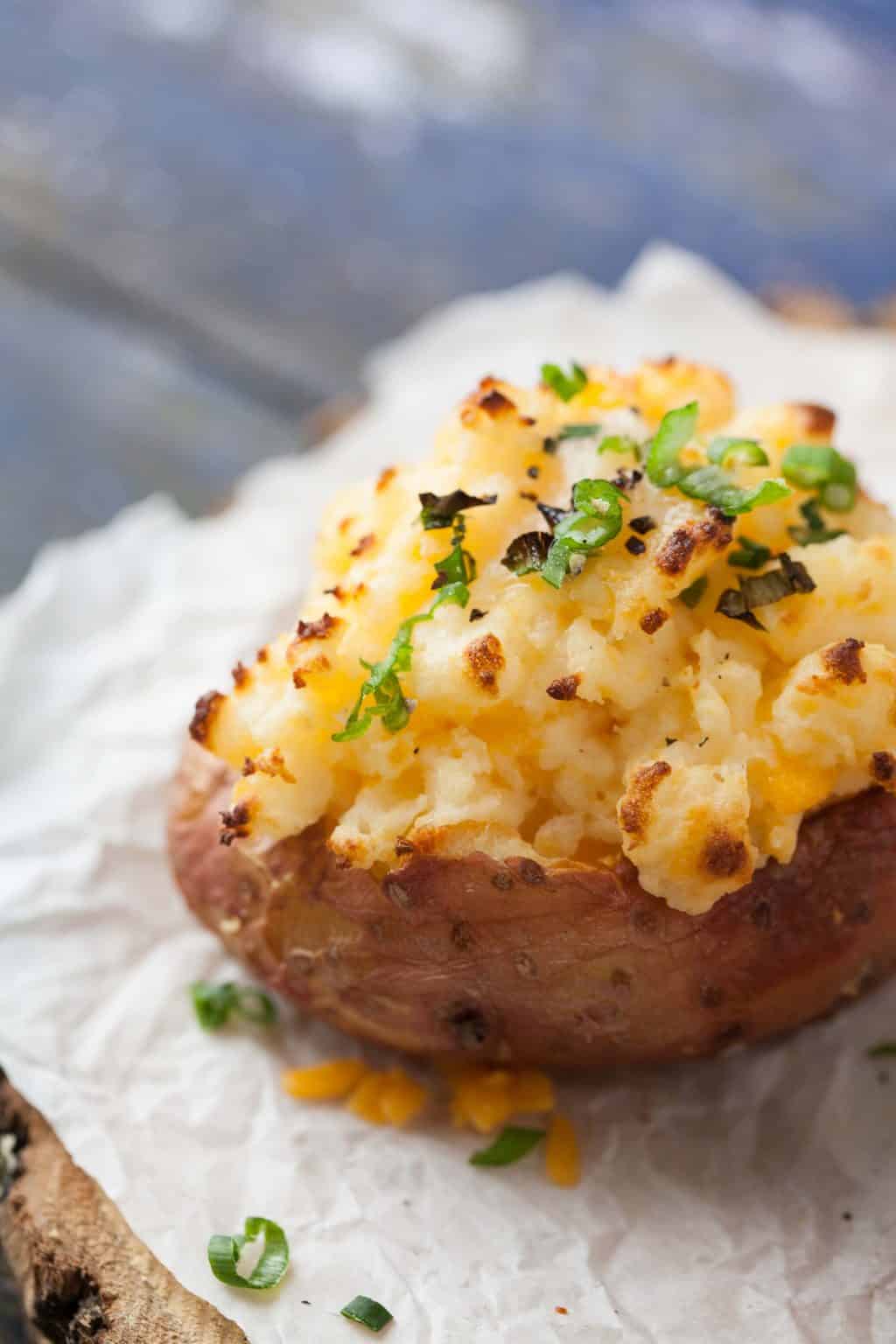
Green Chile Chicken Enchiladas



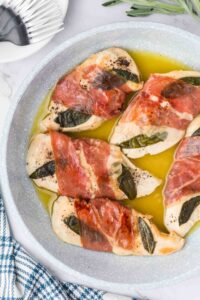

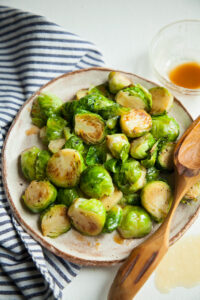


About the Author
Rachel Ballard, RN, BSN brings more than 20 years of professional nursing expertise to Feast and Farm. With a love for nutrient dense foods that support wellness, she works to distill complex health information and current trends into recipes that fuel the best version of yourself. Read more about Rachel here.